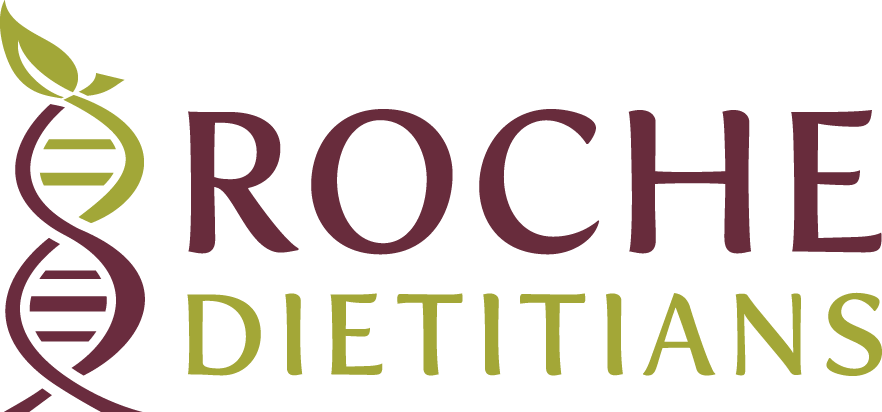IDDSI Q&A: IDDSI Soft & Bite-Sized (Level 6) Meal List
Roche Dietitians is doing a series of Q&A about IDDSI from our clients, partners, and IDDSI Community Group on LinkedIn. We welcome your questions about IDDSI. To submit a question, type your question in the comment section below. To view the other Q&As, visit our blog.
Question:
“I’m curious about a meal sample or list for IDDSI Soft & Bite-Sized (Level 6). What’s okay and what’s not okay?”
Answer:
A good starting point is an article we have about IDDSI Soft & Bite-Sized (Level 6) and is a part of our Ultimate Guide to IDDSI which gives a comprehensive overview of IDDSI.
In terms of meal lists for IDDSI Soft & Bite-Sized (Level 6), a food works if it meets the size requirement and passes the appropriate IDDSI Testing Methods. I exclude nuts/seeds, dry fruits, tough, fibrous foods, and dry, crunchy foods because they do not pass the IDDSI tests. Meats depend on the way they are prepared and whether or not it passes the IDDSI fork pressure test. When the texture cannot be served soft and tender and does not meet the appropriate size requirement as confirmed with the fork pressure test, you will need to modify it, such as serving it as minced and moist or by adding moisture with a smooth, mildly or moderately thick sauce/gravy. As always, you must test the food again to confirm it meets the appropriate IDDSI testing methods.
One thing to note, is that IDDSI does not specifically list foods that meet the criteria for all of the IDDSI levels but rather they list examples of food characteristics to avoid and foods that may fit those categories. As stated by IDDSI, “due to the overwhelming number of foods globally and variation in preparation methods, it is not possible to outline lists of foods under each Level.”1
If you’re looking for more training resources for IDDSI Soft & Bite-Sized (Level 6) and other IDDSI levels, I recently launched our Roche Dietitians “We Test for Safety” IDDSI Training Program for the foodservice worker. It provides a deeper look into the types of foods that are include/excluded in each level, along with in-depth descriptions of the IDDSI testing methods. Check out the link below to learn more about the training program:
References:
1. FAQ - Foods (Levels 4-7 and Transitional). IDDSI. https://iddsi.org/FAQ/Foods. Published 2019. Accessed February 4, 2021.
